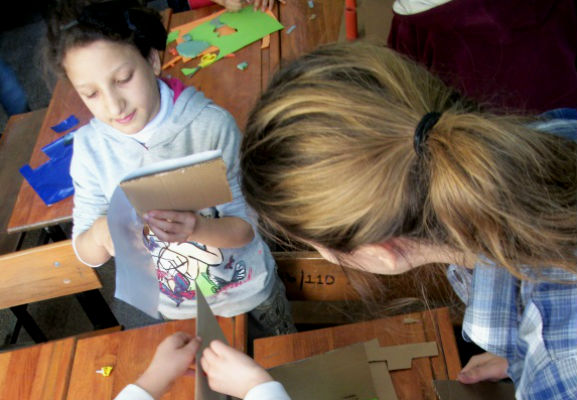
Turkey educates children in architecture as key to sustainability
With increasing recognition of the importance of environmental awareness for sustainable development, the significance of early environmental education has become more prominent within both the education and the architecture sectors. This has led to many studies into the influence of architecture and built environment training in turkish primary schools.
Built environment education
These studies have tended not only to consolidate the view that the built environment influences the lives of children but that there is a dynamic dialogue between children’s culture and that of the architecture of their surroundings. Striniste and Moore (1989), for example, assert this interaction in their account of the relationship between the child and built environment. They argue that the environment shapes the child while the child shapes the environment. Many other studies similarly emphasise the effects of the physical environment on children’s development (Scott, 2011).
The International Union of Architects (UIA) has established a children’s architectural commission, which has also claimed, “a qualified built environment, in which the children live, has an influence on their physical, social and psychological development”.
All these studies arguing for the significance of the built environment for children, remind us, once again, the importance of the issues of “designing qualified built environments and the assessment and protection of the current built environment as cultural heritage (1)”. The conclusion is that every child should receive built environment education in his or her primary school years, in order to “to understand, protect and improve a more participative, qualified built environment for the whole of society”.
Child Architecture Studies In Turkey
Now Turkey is conducting studies similar to those carried out over many years in more developed countries. Academics, in cooperation with the International Union of Architects, have been working with the Chambers of Architects many Turkish provinces.
The significance of these studies – which involve architects, pedagogues, NGOs, government authorities – is the crosscutting nature of the cooperation of these sectors for the benefit of society as whole, which has produced a real shared commitment to embed understandings about the built environment into the national curriculum, appropriate to different age-groups. This means that, while the content may evolve and adapt, learning about the built environment is here to stay. As a consequence, successive generations of Turkish society will be better able to influence and make informed decisions about their own environment, and their own future.
(1) Gülay Taşçı, B.(2014). Analysing the Children-Architecture Studies and Proposing a Built Environment Education Programme for Primary Schools, Doctorate Thesis, İzmir: Dokuz Eylül University,The Graduate School of Natural and Applied Sciences.




